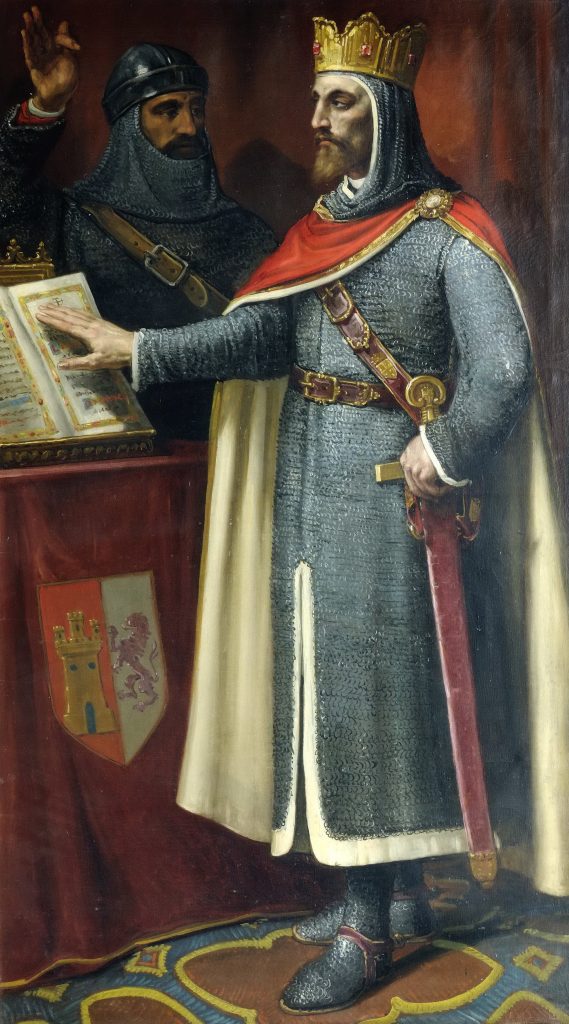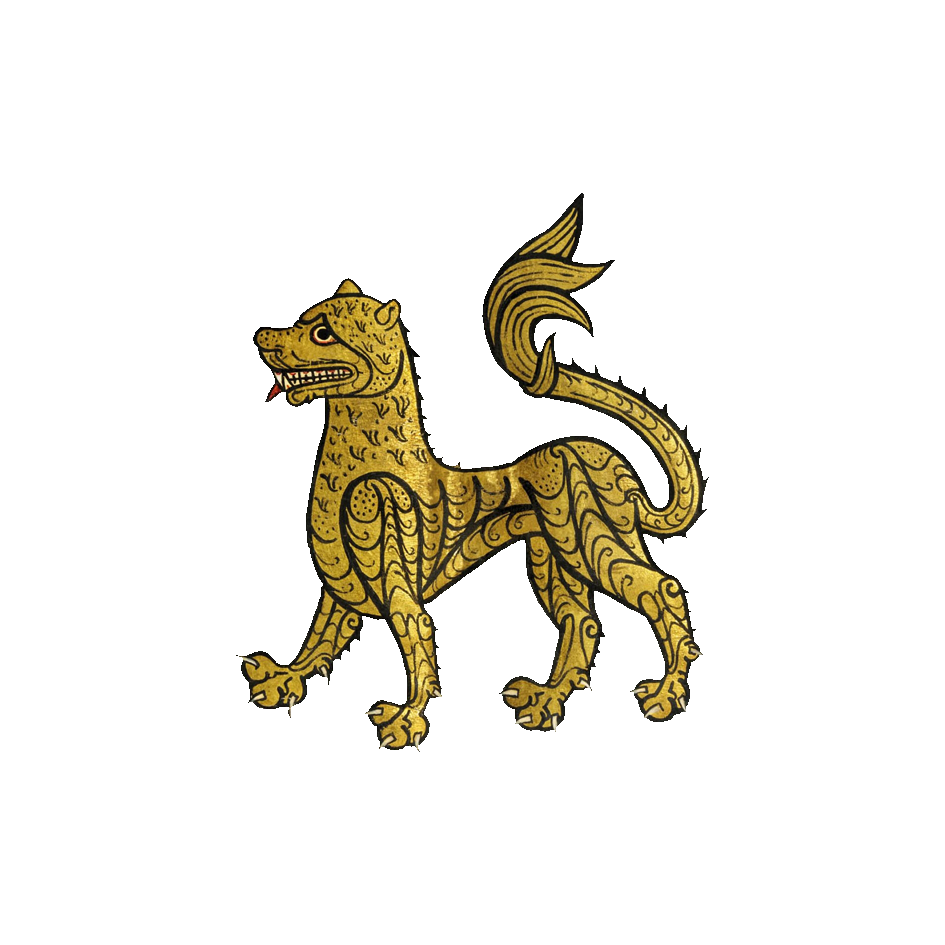Alfonso VI (1065-1109)

When Fernando I and Sancha split up the kingdom, Alfonso, the favorite, received León, and García received Galicia. Sancho, the eldest, received Castille, and, since he was ambitious, he waited for his mother’s death (1067) to invade his brothers’ kingdoms. He completed his conquest in 1072, and crowned himself in León. He banished García to Seville, and Alfonso to Toledo. In that same year a group of nobles rebelled in Zamora, demanding Alfonso’s return. Sancho besieged the city, but passed away a short while later in the hands of Bellido Dolfos. Alfonso returned from Toledo and was acclaimed as a ruler both in León and in Galicia and Castille. García returned from Seville, but was imprisoned so as to avoid a new civil war.
In 1085, Alfonso VI was able to conquer Toledo, the biggest “taifa” kingdom, and also an important one symbolically, since it had been the capital of the Visigothic kingdom. Since he was the main king of the Peninsula, he began using the title of “Emperor of all of Spain”. He switched the Hispanic ecclesiastical tradition for the Roman one, and the Visigothic lyrics for the French Carolina one.
In 1086, Alfonso had to confront an Almoravid Army, who were fundamentalist muslims who had built a great empire in Africa. The Almoravids defeated the king in Sagrajas (Badajoz), but noticed that the real enemy was the divided and weak “taifa” kingdoms. So, after reuniting al-Ándalus by fire and sword, they snatched several of the territories that Alfonso had conquered from him, although they were unable to take Toledo. Amongst all of the losses he suffered, the most painful for the Leonese king was that of Uclés in 1108, because it was where Sancho, his only son, passed away.
Alfonso VI is remembered as “The Brave”, but to the muslims he was such a curse that they called him “The Damned”. He was buried in his beloved village of Sahagún, and his daughter Urraca succeeded him.

